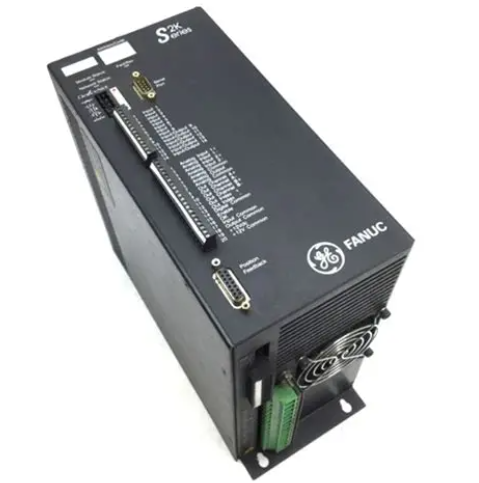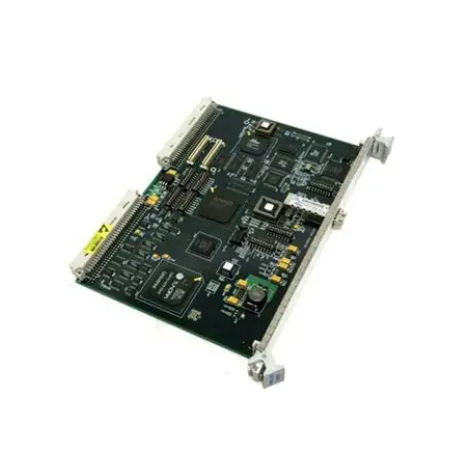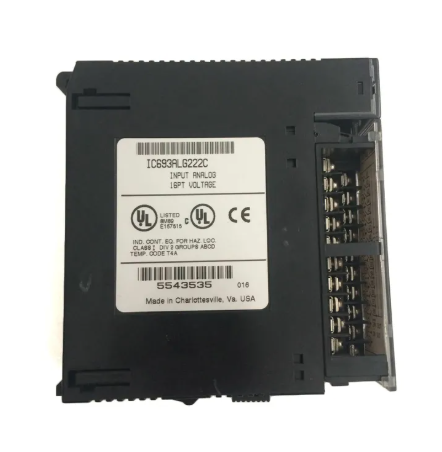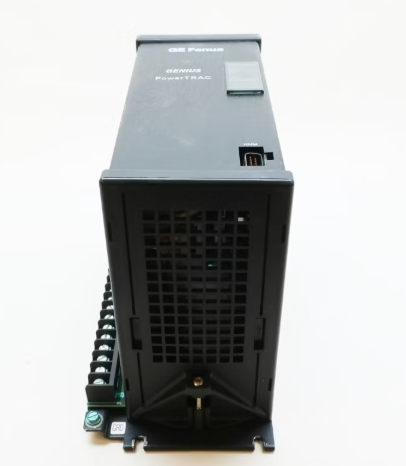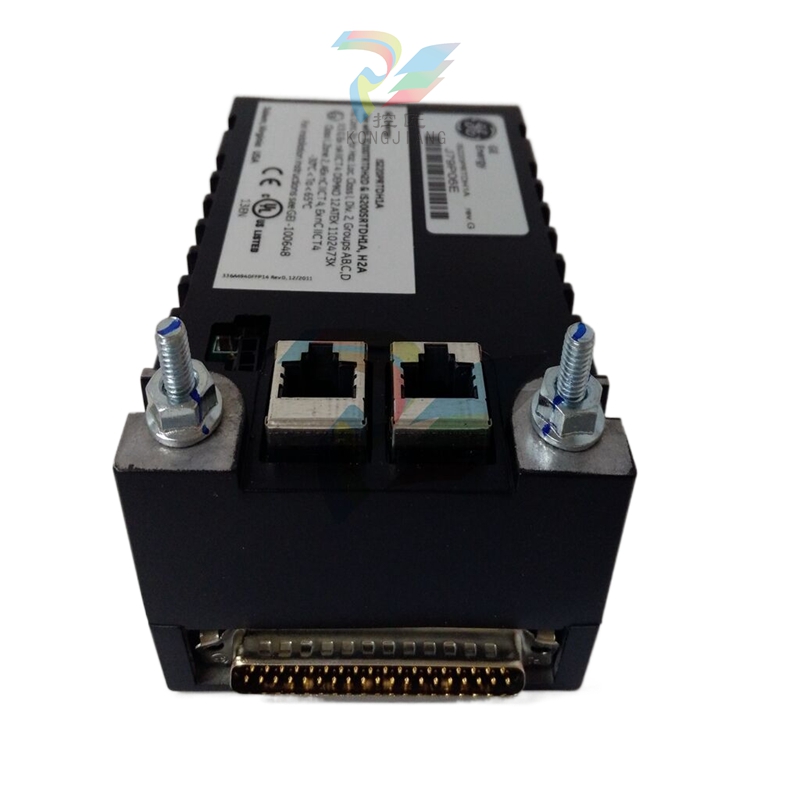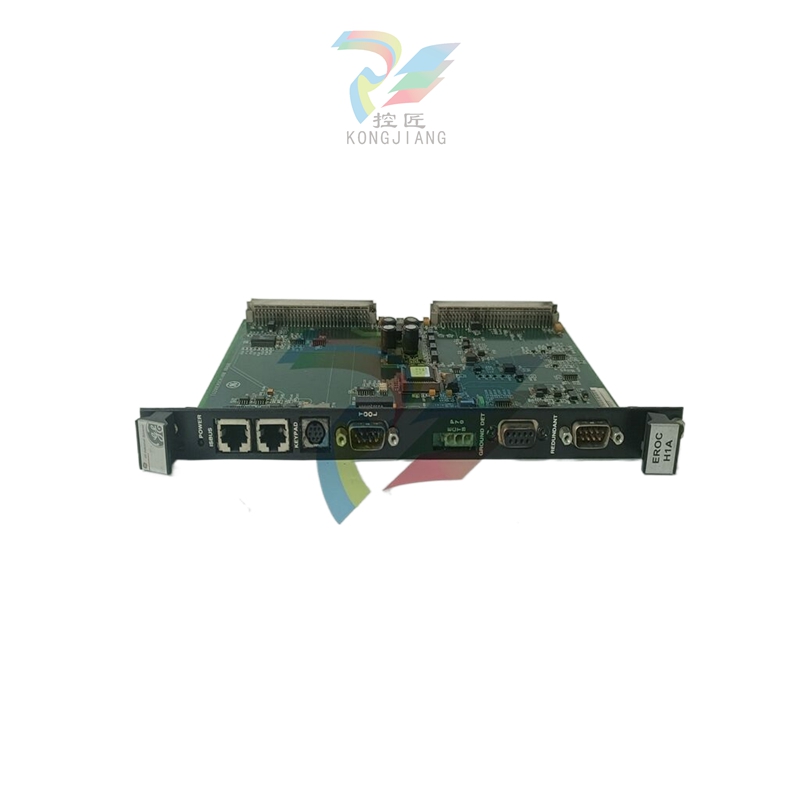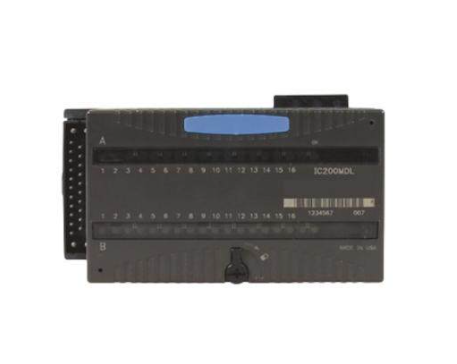Top 10 Technology Trends in life sciences
On March 22, DeepTech, China's emerging technology content and hard technology service provider, held the "2019 Life Science Forum" in Shanghai, where scientists, investors and entrepreneurs from the biomedical field discussed in depth the scientific research innovation, technological revolution and future trends in the life science field. DeepTech exclusively operates media verticals such as MIT Technology Review, IEEE Spectrum, and NewScientist.
DeepTech believes that the life science field will enter a new era in 2019. In 2019, including CRISPR gene editing, cutting-edge biotechnology such as synthetic biology technology and single-cell multi-omics technology will continue to make revolutionary breakthroughs, and further change the rules of the game in the field of life sciences, and also change the world we live in.
The global life sciences and healthcare market is growing in size. In 2014, China surpassed Japan to become the world's second largest biomedical market. In 2017, the market size of China's biomedicine industry has reached 341.719 billion yuan, and it is expected that by 2020, the market size of China's biomedicine will be twice that of Japan and surpass the United States to become the world's first.
At the forum, it was mentioned that now, China's biopharmaceutical market is ushering in a "golden age", and more and more emerging technology companies have been born in China, attracting more and more innovative talents. The booming domestic biomedical industry is forming a field of attention.
On the same day, DeepTech released the "Top 10 Technology Trends in the Life Sciences Field in 2019." Technology trends in the field of life sciences such as CRISPR toolkit, immunotherapy 2.0, cure of rare diseases, gene big data, nucleic acid drugs, brain science and brain-computer interface, smart medicine, non-invasive early diagnosis, synthetic biology technology and single-cell multi-omics were selected.

Jason Pontin, senior partner at Flagship Pioneering, breaks down each of these ten technology trends.
Zhao Ruilin, partner of Chende Capital, shared the possible hot spots in biomedical investment in the next three to five years at the DeepTech2019 Life Science Forum. He believes that the application of AI+ big data, cancer early screening, gene therapy, consumer-oriented gene sequencing and surgical robots will become hot spots for investment in the next three to five years.
Wang Liqun, president of Fosun Kite Biotechnology Co., LTD., delivered a speech at the meeting, he said that China is still facing many challenges in the industrialization of CAR-T therapy, we do not have to worry about too much behind foreign countries, but do not blindly think that we are the first.
In the roundtable discussion, Yang Fang, capital markets partner of Pricewaterhousecoopers, said that China is a big country of medical data, but the system used by each hospital is not necessarily the same, and the data structure is different, and it takes a lot of time and effort to make these unified structured data. But the ultimate outlook is certainly bright, but it will take a lot of time and effort to get to that line.
At the same time, the forum also announced 10 "DeepTech2019 Life Science innovation figures".
Top 10 Technology trends in Life Sciences in 2019:
1.CRISPR Kit (CRISPR/CasToolkit)
More than 30 years ago, scientists discovered regularly spaced clusters of short palindromic repeats in bacteria and found that such repeats made bacteria immune to viruses. In 2001, Spanish scientist Francisco Mojica officially named it CRISPR, and in 2012, two female scientists, Structural biologists Jennifer Doudna from the University of California, Berkeley, and Emmanuelle Charpentier from Umea University in Sweden were the first to use CRISPR/Cas as a gene-editing system. In 2013, George Church of Harvard Medical School, Feng Zhang of the Broad Institute of the Massachusetts Institute of Technology, and Lei Qi of the Center for Systems and Synthetic Biology at the University of California, San Francisco (now at Stanford University) published three papers that successfully applied the CRISPR/Cas system to mammalian cells.
The emergence of CRISPR/Cas9 led to the explosive development of the entire field of gene editing, and now many scientists have further expanded CRISPR/Cas gene technology, extending it from a single "gene scissors" to a multi-functional "gene toolkit". Demonstrates exciting application prospects based on the expanding CRISPR/Cas system. Scientists predict that CRISPR/Cas9 gene editing technology will change the society we live in and the organisms around us.
2. Immunotherapy2.0
More than 100 years ago, New York orthopedic surgeon William Coley accidentally found that postoperative streptococcus pyogenes infection caused sarcoma patients to regression of tumors, which opened the prelude of tumor immunotherapy, William Coley is also known as the father of tumor immunotherapy.
In 2018, the much-anticipated Nobel Prize in Physiology or Medicine was awarded to American scientist James P. Allison and Japanese scientist Tasuku Honjo for their pioneering contributions to cancer immunotherapy. Nowadays, the number of cancer immunotherapy companies in the world is as high as hundreds, and more than a dozen immunotherapy products in China have declared clinical trials, and the relevant research results have been reported frequently, and the ultimate goal of curing cancer has been steadily moving forward.
With the continuous breakthrough of basic and clinical research, our understanding of immunotherapy is also deepening, and the indications of immunotherapy are also expanding. From the main position of leukemia at the beginning, to non-Hodgkin lymphoma, multiple myeloma, and then to autoimmune diseases, immunotherapy has entered the 2.0 era of more precision, combination, and broad spectrum.

3. Cure of Rare Diseases
With no errors or off-target effects, the modification of mutated genes through gene-editing technology is expected to produce predictable beneficial effects and even achieve one-time cures for certain genetic diseases. Looking back on the development of gene therapy for nearly 20 years, it is only in recent years that we have truly ushered in the era of gene therapy and seen the hope of curing rare diseases in one go.
genetherapy, as a subversive medical technology, has been able to introduce foreign normal genes into target cells to correct or compensate for diseases caused by defects and abnormal genes, so as to achieve the purpose of treating congenital genetic diseases. Today, more than 2,500 gene therapy clinical trials are underway worldwide, and gene therapy has become a must-have for global pharmaceutical research and development companies.
In mid-2018, the FDA announced that it would continue to vigorously advance gene therapy development and issued six new guidelines that establish a policy framework for how genetic products are developed, reviewed by regulators, and reimbursed. It also identifies hot areas for human gene therapy, including hemophilia, retinal disorders and rare diseases.
In 2019, the treatment of a variety of rare diseases will enter the clinic, and gene therapy has officially entered the stage of rapid development after nearly 20 years. More and more small and medium-sized gene therapy startups have broken ground, and traditional pharmaceutical giants such as Pfizer, Novartis, GlaxoSmithKline have also laid out the gene therapy field. In China, some startups involved in gene editing, as well as some gene therapy projects are expected to enter the clinical stage in 2019.
4. Gene Big Data
On April 15, 2003, an international team of scientists from six countries announced the completion of the human genome map. This $3 billion research project, hailed as the "moonshot" of life sciences, has laid a solid foundation for humanity to uncover its own mysteries. The mapping of the human genome has become an important milestone in the history of human exploration of its own mysteries, and is considered by many analysts to mark the beginning of the biotechnology century.
Only more than a decade later, with the development and maturity of technology, the cost of complete genome sequencing has been gradually reduced from $3 billion in the year to hundreds of thousands of dollars, thousands of dollars or even lower, and there are many consumer genetic testing products for the public on the market. In addition to the well-known non-invasive prenatal genetic testing, neonatal genetic disease screening and other applications, individual genetic testing can also lock in individual pathological genes to achieve advance prevention and treatment.
Through genetic testing of individuals, it is possible to predict a variety of diseases and even provide deeper insights into individual behavioral characteristics. For example, in individual genetic testing products, through the analysis of the DNA data of individual samples, the risk of cancer, metabolic diseases, mental diseases, etc., can also be interpreted to interpret the individual's drug adaptability, sports talent, alcohol consumption and other information. As millions or even tens of millions of individuals around the world have completed the interpretation and analysis of personal genomic data, there have been some more compelling emerging technologies based on DNA information, such as DNA criminal detection, new drug prediction, and revolutionary progress in these fields. We have also entered a revolutionary era brought about by DNA data.
5. Nucleic Acid Drugs
In the field of new drug research and development, targeted therapy for target proteins has become the mainstream, gene therapy for DNA mutations is also in full swing, and as a bridge between genes and proteins, mRNA is getting more and more attention in recent years. In addition, scientists have also found that there is a unique gene silencing mechanism in eukaryotic cells, which can resist the invasion of foreign substances, protect the stability of genetic information, and regulate various functions of the organism, also known as RNA interference (RNAi) phenomenon.
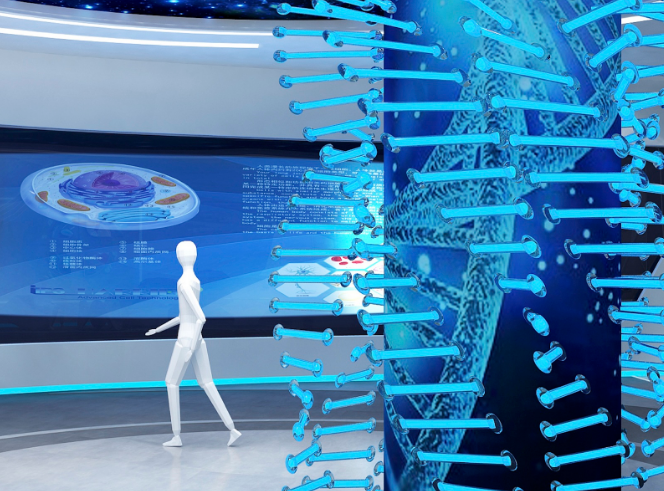
The RNAi mechanism was first discovered by professors Andrew Z. Fire and Craig C. Mello in 1998, was named the top ten scientific achievements by the journal Science in 2002, and was awarded the Nobel Prize in Physiology or Medicine in 2006. The discovery of RNAi has greatly broadened the sources and development directions of human drugs. Nowadays, oligonucleotide drugs dominated by siRNA (small interfering RNA) and miRNA (tiny RNA), and ribonucleic acid drugs dominated by mRNA therapeutics, mRNA vaccines and CRISPRRNA constitute nucleic acid drugs.
A large number of studies have shown that nucleic acids and their degradation products and derivatives have good therapeutic effects, and we are also ushering in a new era of mRNA drugs and RNAi drugs. In theory, nucleic acid drugs can achieve the effect that traditional drugs can not be replaced, and small molecule drugs can play a role in the cell, and even can act on the nucleus and have accurate targeting, and nucleic acid drugs are also very advantageous for some single-gene diseases. In the era of global precision medicine, diseases caused by different gene differences or abnormal expression can theoretically be personalized by nucleic acid drugs.
6. Brain Science and brain-Computer Interface
Brain science is the "final frontier" of human understanding of natural phenomena and human itself, and brain science research is also known as "the ultimate challenge for human understanding of nature and oneself". In recent years, countries all over the world have launched their own "brain projects", whose goals can be summarized as follows: to analyze the neural basis of various brain functions; Use the new information obtained at the Neural Circuit Institute to develop new methods for the effective diagnosis and treatment of brain diseases; Carry out brain-like research inspired by brain science to promote the progress of a new generation of artificial intelligence technologies.
With the emergence of new technologies such as brain imaging, biosensing, human-computer interaction and big data, brain science and brain-like research are increasingly becoming one of the key scientific fields in the world. Under the promotion of the "Brain project", the field of "brain science" is also expected to appear some exciting applications, including brain-like computing systems, brain-computer interfaces and new models of brain-computer fusion, and is expected to promote the diagnosis and treatment of brain diseases, artificial intelligence and other fields.
7. Smart Medical Care
In the future, the medical industry will integrate more artificial intelligence, sensor technology and other high-tech, so that medical services towards the true sense of intelligence, promote the prosperity of the medical industry. Artificial intelligence has already played an important role in the medical field, such as medical image recognition, biotechnology, assisted diagnosis, drug research and development, nutrition and other fields, and will change medical means and even medical models.
By 2025, the total value of the world artificial intelligence market will reach $127 billion, of which the medical industry will account for 1/5 of the market size, and medical AI will become one of the most important application scenarios of artificial intelligence. On the other hand, data, as an important support for artificial intelligence, and a data platform that accommodates various disease characteristics, cases, and indicator data, has also become the focus of smart medical construction and development. The emergence of a new generation of communication technology and the development of Internet of Things chip technology have also promoted the great commercial use of mobile medical devices, especially medical and health devices such as various intelligent device sensors based on health monitoring such as movement, heart rhythm and sleep.
8. Non-Invasive Early Diagnosis
In recent years, with the continuous development of genome sequencing technology in tumor diagnosis, liquid biopsy with circulating tumor DNA in peripheral blood (ctDNA) as the main marker has become the most potential early-stage accurate diagnosis technology for tumors.

Liquid biopsy based on genetic imaging and sequencing methods can identify and monitor tumors that appear at an earlier stage. The application of artificial intelligence and genetic big data, combined with liquid biopsy, provides an effective early screening method for most cancers, providing clues for early diagnosis of cancer, accurate determination of cancer types, prediction of cancer spread and prognosis management.
9. Synthetic Biology Technology
In essence, a computer is a machine that can process information through certain algorithms, and the more powerful the circuit of the computer, the more complex calculations and algorithms it can perform. Similarly, a cell can be genetically engineered to act like a mini-computer, with more complex circuits and more computing power.
As the third biotechnology revolution, synthetic biology, which was born in the early 21st century, has brought subversive changes to human social life. Artificially designed cells will be able to deliver drugs to patients regularly in the body; The sex of silkworm, mosquito and other insects can be controlled by gene design. Gene editing could double the speed of breeding... These are the amazing changes that synthetic biology has made.
In recent years, with the continuous innovation of genome editing technology such as CRISPR, as well as the equally rapid development of big data, artificial intelligence and robotics, the prospect of synthetic biology has become more and more clear, and the industrialization of synthetic biology has ushered in a period of explosion.
10. Single-cell Multiomics
Cells are the basic units that constitute the structure and function of life, and different types of cells have different forms and functions.
- EMERSON
- Honeywell
- CTI
- Rolls-Royce
- General Electric
- Woodward
- Yaskawa
- xYCOM
- Motorola
- Siemens
- Rockwell
- ABB
- B&R
- HIMA
- Construction site
- electricity
- Automobile market
- PLC
- DCS
- Motor drivers
- VSD
- Implications
- cement
- CO2
- CEM
- methane
- Artificial intelligence
- Titanic
- Solar energy
- Hydrogen fuel cell
- Hydrogen and fuel cells
- Hydrogen and oxygen fuel cells
- tyre
- Chemical fiber
- dynamo
- corpuscle
- Pulp and paper
- printing
- fossil
- FANUC
- Food and beverage
- Life science
- Sewage treatment
- Personal care
- electricity
- boats
- infrastructure
- Automobile industry
- metallurgy
- Nuclear power generation
- Geothermal power generation
- Water and wastewater
- Infrastructure construction
- Mine hazard
- steel
- papermaking
- Natural gas industry
- Infrastructure construction
- Power and energy
- Rubber and plastic
- Renewable energy
- pharmacy
- mining
- Plastic industry
- Schneider
- Kongsberg
- NI
- Wind energy
- International petroleum
- International new energy network
- gas
- WATLOW
- ProSoft
- SEW
- wind
- ADVANCED
- Reliance
- YOKOGAWA
- TRICONEX
- FOXBORO
- METSO
- MAN
- Advantest
- ADVANCED
- ALSTOM
- Control Wave
- AB
- AMAT
- STUDER
- KONGSBERG
- MOTOROLA
- DANAHER MOTION
- Bently
- Galil
- EATON
- MOLEX
- Triconex
- DEIF
- B&W
- ZYGO
- Aerotech
- DANFOSS
- KOLLMORGEN
- Beijer
- Endress+Hauser
- MOOG
- KB
- Moxa
- Rexroth
- YAMAHA
- Johnson
- Westinghouse
- WAGO
- TOSHIBA
- TEKTRONIX


Email:wang@kongjiangauto.com

















































































































